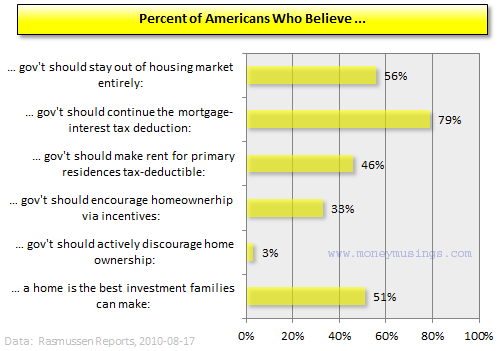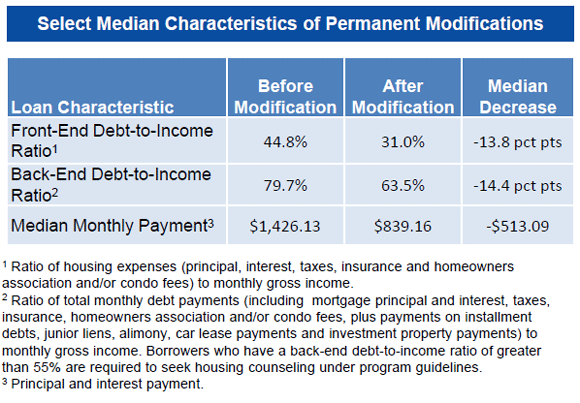For today’s “LOL” moment, I proudly present to you:
Businessweek: Student Debt Is Stifling House Prices
It’s pretty darn comedic when you think about it: A pharmacist earning $125k/year, and carrying $100k in student loans, is miffed that she can’t — for some unfathomable reason — go out and buy a home. Like, yesterday.
Roshell Schenck has a Ph.D. in pharmacy and earns $125,000 a year. Yet, because she has more than $110,000 in student loan debt, counselors have told her she can’t qualify for a mortgage. “I’d love to buy and can afford to buy,” says the 28-year-old graduate of Lake Erie College of Osteopathic Medicine in Erie, Pa. With lenders scrutinizing college loans more closely than in previous years, it’s almost impossible for borrowers such as Schenck to get approved for mortgages. “My debt is crushing my chances of purchasing a home.”
Roshell, say hello to my esteemed colleague, the Law of Unintended Consequences. Kinda crazy, isn’t it, how these days, the debt you’re already carrying seems to matter again? And, darn the bad luck, it’s mattering just when you’d really like to borrow even more! Ain’t that a kick in the pants!
It’s not that I don’t have some sympathy for grads like Ms. Schenck. The situation she finds herself in — making a really nice income in a good field, but unable to qualify for a home loan due to six digits of student-loan debt around her neck — isn’t entirely of her own doing. After all, the government and our university system forced her to take out those loans—
Okay, never mind. It IS entirely of her own doing.
Look: She’s fortunate to be making the money she is. I mean, I would love to have an income like that.
But only if there’s not $100k+ of debt attached to it.
But She Wants It Now
By my reckoning, Ms. Schenck makes enough money that paying back those student loans should be no biggie, in the grand scheme of things. A few years of scrimping, saving, and consistent four- and five-digit extra payments toward those loans, and she’ll be in fine shape.
Admittedly, though, this concept works only if she goes all Dave Ramsey on it, and can manage to not play “Keep up with the Joneses” as regards her spending habits. (Yes, that dreaded disease which ravages so many of the high-earning types, like doctors, lawyers, pharmacists, and so on. Lots of money comes in the door, sure … and even more of it goes out. Wouldn’t want to not “look the part.” Heavens, no.)
Back to the article:
Recent college graduates carry an average debt load of more than $25,000, limiting their ability to qualify for mortgages even if they’re able to land a job in a market with an unemployment rate of 9 percent for 25- to 34-year-olds. Dubbing it a “student loan debt bomb,” the National Association of Consumer Bankruptcy Attorneys (NACBA) warned on Feb. 7 about the effects of rising student debt on recent graduates, parents who co-signed their loans, and older Americans who’ve gone back to school for job training.
Well, the good news is that borrowing of federally-subsidized student-loan dollars shows no signs of abating. So colleges will remain free to increase tuition at will, year after year, with no danger of “decreased financial resources” or anything outlandish like that out there to slow things down.
“Just as the housing bubble created a mortgage debt overhang that absorbs the income of consumers and renders them unable to engage in consumer spending that sustains the economy, so too are student loans beginning to have the same effect, which will be a drag on the economy for the foreseeable future,” John Rao, vice president of the NACBA, said on a conference call.
Absolutely preposterous, says I. How great of a country can we be, really, when our citizens’ past borrowing proclivities keep us from borrowing skads more now, right at the time when we most need it? Pffft.
I don’t know who came up with this silly idea that “Today’s choices create those of tomorrow,” but I don’t like it. And it seems like Ms. Schenck doesn’t, either. Since when should debt limit our choices? I mean, really.
Someone should just, like, do something.



 You want stimulus? Well, how ’bout the chance to go almost 15 months without a house payment?
You want stimulus? Well, how ’bout the chance to go almost 15 months without a house payment?